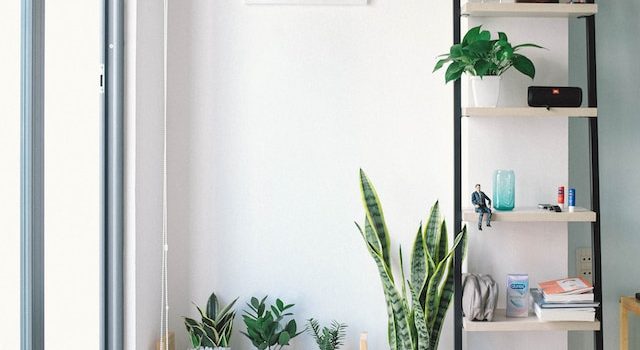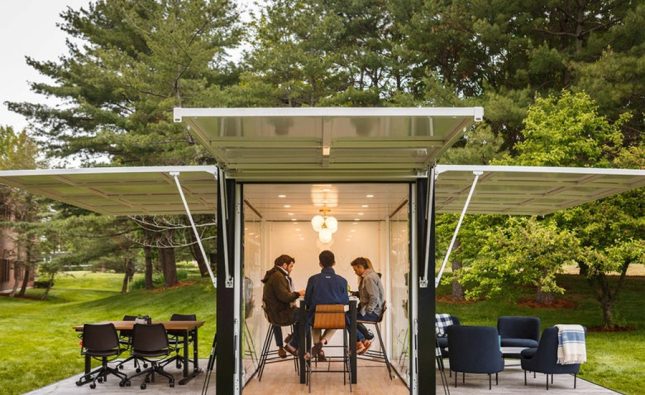
Subheading 1: Understanding Terrariums and Their Benefits Terrariums have gained popularity in recent years as a low-maintenance way to bring a touch of nature into indoor spaces. A terrarium is a self-contained ecosystem housed in a glass container. It typically consists of plants, soil, and other decorative elements. Not only do terrariums add beauty and visual interest to your home or office, but they also offer numerous benefits, such as improving indoor air quality and reducing stress levels.
Subheading 2: Choosing the Right Container The first step in building a successful terrarium is selecting an appropriate container. Glass containers are the most popular choice as they provide visibility and allow light to penetrate the terrarium. You can choose from a variety of options, such as jars, fish tanks, or specialized terrarium containers. Ensure that the container has a lid or can be covered to create a humid environment.
Subheading 3: Selecting Suitable Plants The choice of plants is crucial for the success of your terrarium. Opt for plants that thrive in high humidity and low light conditions. Some popular choices include ferns, mosses, air plants, and succulents. Consider the size of your container and the growth habit of the plants. It’s essential to choose plants that won’t outgrow the terrarium quickly.
Subheading 4: Preparing the Base Layer Creating proper drainage is essential for preventing waterlogging in your terrarium. Begin by adding a layer of small rocks or pebbles at the bottom of the container. This layer will act as a reservoir for excess water. On top of the rocks, place a thin layer of activated charcoal to absorb any impurities and keep the terrarium fresh.
Subheading 5: Adding the Growing Medium After the base layer, add a layer of potting soil or a well-draining mix suitable for your chosen plants. Make sure the soil is slightly moist but not soaking wet. Create slopes or valleys within the soil to add depth and visual interest to your terrarium. Leave some space around the edges for planting and maneuvering.
Subheading 6: Planting and Arranging Carefully plant your chosen plants in the soil, gently patting the soil around their roots. Experiment with different arrangements to achieve a visually appealing composition. Consider the plants’ varying heights, textures, and colors for a well-balanced and harmonious display. Use a small brush or tweezers to handle delicate plants or position small decorative items.
Subheading 7: Maintaining the Terrarium Terrariums are designed to be low-maintenance, but they still require some care. Place your terrarium in a location with indirect light, as direct sunlight can cause excessive heat and damage the plants. Monitor the moisture level regularly and water only when the soil feels dry. Avoid overwatering, as it can lead to rot. If condensation builds up on the container’s walls, remove the lid for a while to allow airflow and prevent excessive moisture buildup.
Subheading 8: Troubleshooting Common Issues While terrariums are generally easy to maintain, a few common issues may arise. If you notice yellowing leaves, it could indicate overwatering or inadequate drainage. Adjust your watering routine accordingly. If mold or fungal growth appears, increase airflow and remove any affected leaves or plants promptly. Prune overgrown plants to maintain the desired size and shape of your terrarium.
Subheading 9: Enjoying Your Terrarium Building and caring for your own terrarium can be a rewarding experience. Not only do terrariums enhance the aesthetics of your living or workspace, but they also offer a connection to nature and a sense of tranquility. Spend some time observing the










